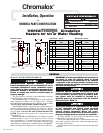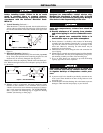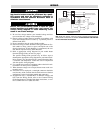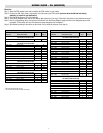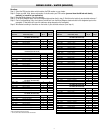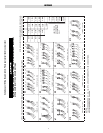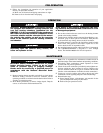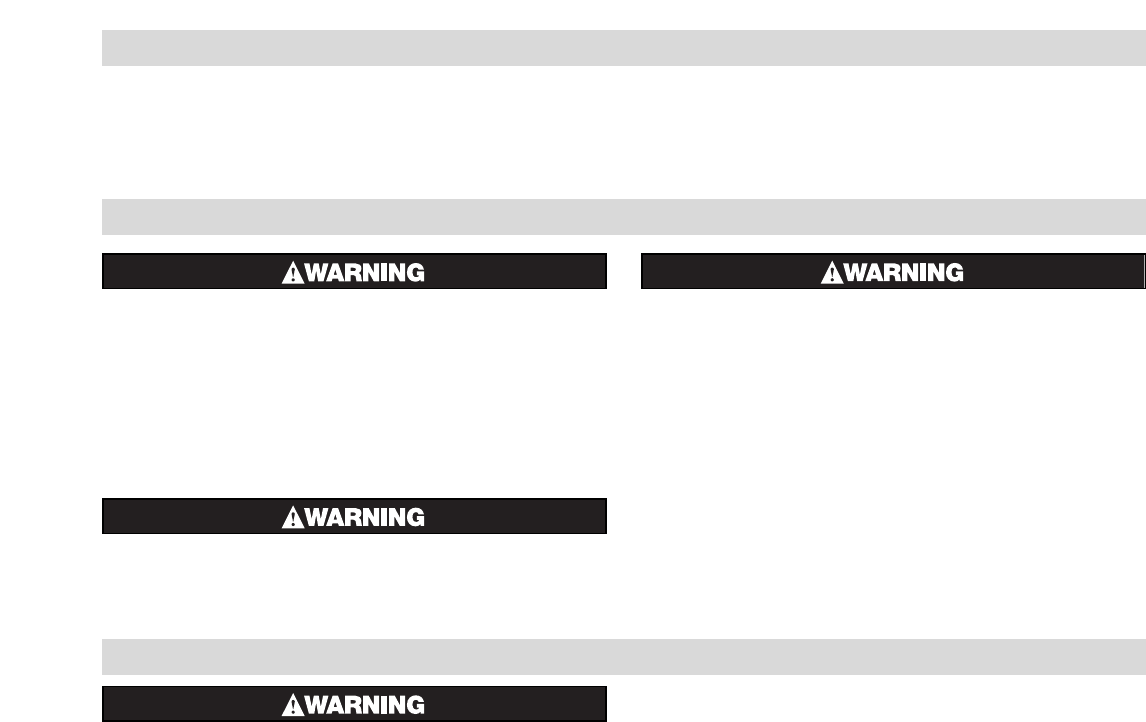
OPERATION
Important: NWHOSR/NWHSRG Circulation Heaters
are equipped with INCOLOY
®
heating elements and
cast iron heating chambers (galvanized for the
NWHSRG). It is the responsibility of the purchaser of
the heater to know the chemical composition of the
corrosive solution and the character of the materi-
als entering the solution as well as the corrosive
effect of the solution upon the heating elements
and chamber.
Sheath corrosion can result in a ground fault which
depending upon the solution being heated, can
cause an explosion or fire.
If the heater is not properly submerged, the heat-
ing elements will overheat and could result in a fire
or damaged equipment.
1. Do not heat solutions that are corrosive to the heating element
sheath or the heating chamber.
2. Terminal ends of heater must be protected from drippings, con-
densation, spray or direct spill-over of material. Their presence
at the terminals may damage heater electrical insulation.
3. If foreign material is carried by the liquid flow, install suitable
filters in the inlet pipeline to the heater. Liquid flow to the
heater should be free of suspended solids.
4. Do not allow heater to operate when liquid flow is interrupted.
5. The NWHSRG/NWHOSR is designed as a flow through
heater. The chamber must be full for safe operation.
PRE-OPERATION
1. Follow the instructions for operation of your application.
Ensure your procedure includes:
A. Make sure all electrical and piping connections are tight.
B. Remove all air from the heater and piping.
MAINTENANCE
ELECTRIC SHOCK HAZARD. Disconnect all power
before servicing heater. Failure to do so could
result in personal injury or property damage.
Heater must be serviced by a qualified person in
accordance with the National Electrical Code.
NFPA 70.
1. Remove heating element assembly periodically to check heater
sheath for sealing, corrosion or excessive oxidation. Correct
operating conditions to minimize sheath deterioration. Refer to
warnings in operation section.
2. Drain heater periodically to remove sludge deposit. Deposits
can act as an insulator and shorten heater life.
Note: User is responsible for maintenance schedule based on
their knowledge of the heated medium and operating conditions.
3. Periodically check temperature control operation to insure
accurate and safe process operation.
4. Check all electrical connections periodically and retighten con-
nections which may have loosened in service. Replace wire
and wire terminals which show signs of oxidation which would
interfere with establishment of reliable electrical connections.
5. Correct any excessive leaking. Also refer to the last step in the
installation section regarding adequate collection/drainage.
6. Reinstallation steps.
A. Reseal thread fittings with adequate seal material for the
pressure/temperature rating on your heater.
B. Refer to the pre-operation section.
7



